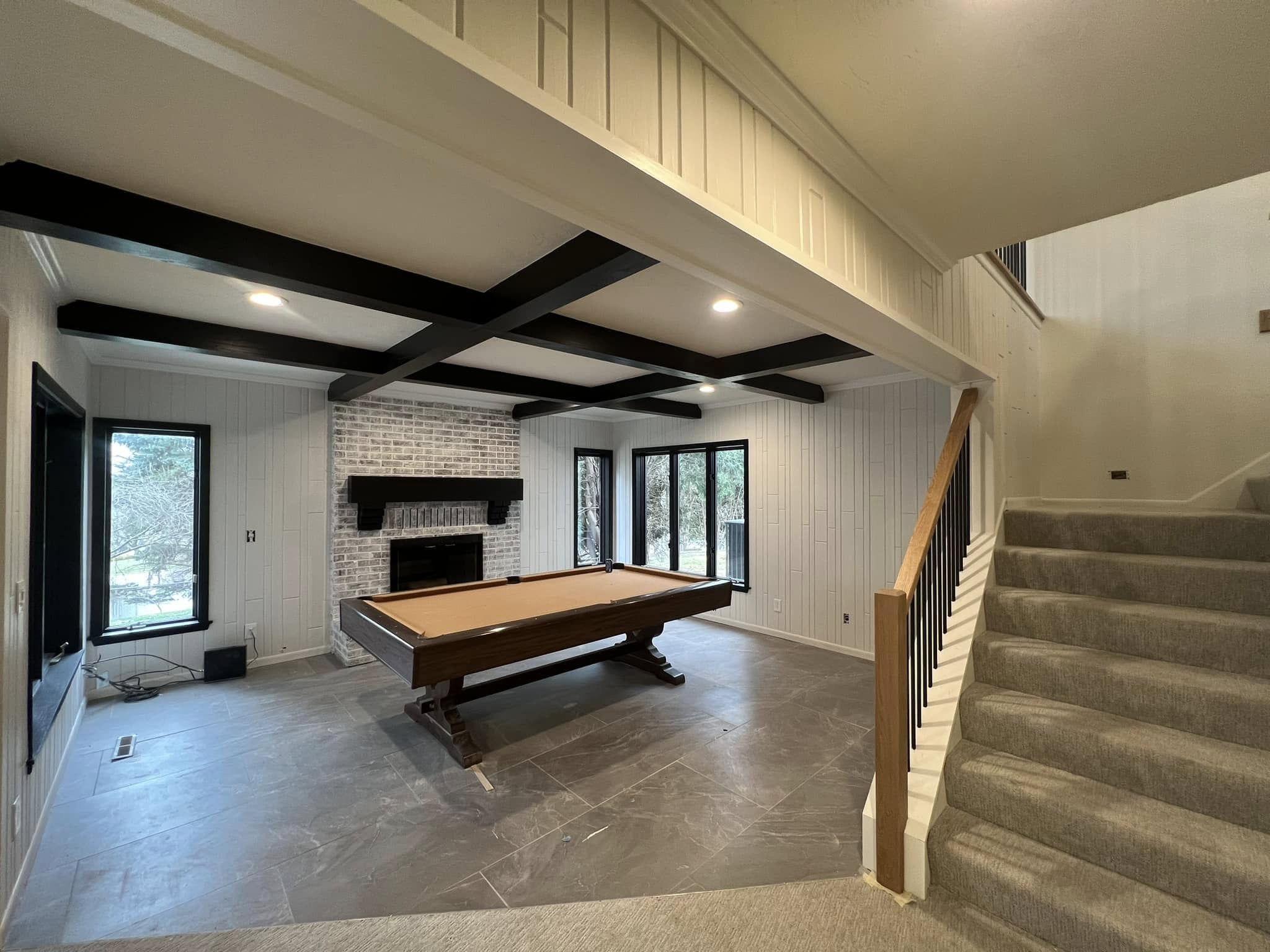
From Drab to Fab: How to Prepare Your Walls for a Stunning Paint Job Nov 10, 2025
The first step in wall preparation is assessing their current condition. Inspect for cracks, holes, and other imperfections. It's essential to repair these blemishes before applying any paint. Use a high-quality putty or spackle for filling holes or cracks and sand the surface once dried to ensure smoothness. For larger repairs, consider using patching kits available at hardware stores.
Cleaning your walls is non-negotiable when preparing for painting. Dust, dirt, and grime can affect paint adherence, leading to uneven surfaces and peeling in the future. Use a gentle soap and water mix to wash your walls. For tougher stains or grease, a targeted degreaser can be effective. Ensure the walls dry completely before proceeding, as any residual moisture can affect paint application.
If your walls have a glossy finish, sanding before painting is crucial. Glossy surfaces resist new paint and can result in an unappealing, slick surface. Lightly sand the walls using fine-grit sandpaper to create a texture for better paint adhesion. If you're unsure about the sanding process, our team at Franks Painting LLC can assist, ensuring your walls are ready for the next step.
Priming is another critical step that many underestimate. A quality primer serves as a foundation for your paint, ensuring that it adheres well and delivers consistent color and finish. Primers can also block stains and cover existing colors, making them indispensable for dramatic color changes. Select a primer based on your wall type and the paint you plan to use.
Selecting your paint type is not just about color but also texture and sheen. Consider the purpose of the room and the desired visual impact. For instance, a flat or matte finish can hide imperfections in low-traffic areas, while semi-gloss or satin finishes are ideal for rooms that require regular cleaning, such as kitchens or bathrooms. Consulting with a painting professional can help you make an informed choice.
When you're prepared to paint, don't forget about protective materials. Use painter's tape to cover edges and trim, ensuring clean lines. Drop cloths or plastic sheeting will protect your floors and furniture from accidental spills. These simple steps can save a lot of cleanup time and maintain the professional feel of your newly painted space.
Finally, consider the climate in which you are painting. Temperature and humidity levels impact how paint dries. Ideally, paint in moderate temperatures with low humidity for the best results. Check product recommendations or consult a painting expert to ensure conditions are right before starting.
In conclusion, preparing your walls for painting is a pivotal step in achieving a beautiful, long-lasting result. By thoroughly inspecting, cleaning, sanding, priming, and planning, your painting project is set for success. At Franks Painting LLC, we pride ourselves on delivering expert advice and services to transform your space from ordinary to extraordinary. Keep these tips in mind to ensure your next painting project is a resounding success.